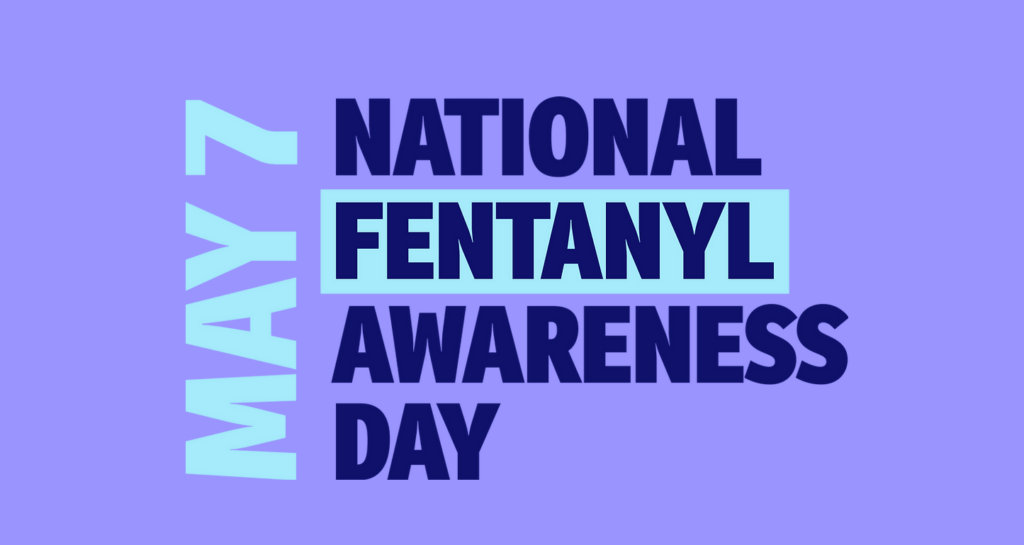
By Chris Cuestas, Consultant, Tribal Youth Resource Center, Tribal Law and Policy Institute
I have been trying to wrap my head around the fentanyl issue for the past year and have seen this monster of a trend, pattern, challenge, whatever you decide to call it, grow exponentially in tribal communities. I was faced with trying to figure out a way for tribal communities to see the impact that this is going to have on tribal youth and prepare for it.
While searching for a way to emphasize the challenge, I was riding a bus in Tacoma after a full day of work with a tribe I have been consulting with for about two years. I enjoy riding city buses because I often get the real story and the true impact of things in a community. I also like to take sandwiches to homeless camps because that’s where you witness the “impact” on people with limited options.
As we pulled up to a transfer station, I saw a young lady in her early thirties. She was not hard to miss because she was wearing a blazing red shirt. I walked up to her and as I approached, I noticed that her shirt had a skeleton hand on it with the middle finger pointing upward. The text on her shirt stated, “F*%# Fentanyl”.
I asked her what her name was, and she told me her name was “Elaine.” Then I proceeded to ask her about her shirt and told her that I was a retired cop who currently provides technical assistance for TYRC and TLPI. She was curious about what we did, so I explained, and she thanked me for caring for people in tribal communities. She told me that she was half Native American from Oregon and had just moved to the Tacoma area. She explained that she wears the red shirt with the strong message because her little sister, who was 16, overdosed on marijuana that had been laced with fentanyl at a party. She also told me that another teen had died on the same evening. Both deaths were ruled accidental with no investigations. I was appalled to hear that. I told her what I was working on, and she said she felt that it was too early for her to use her little sister’s name, but I could use information from our encounter. She said she pays for all the shirts herself and gives them out to people after telling her sister’s story. While I routinely interact with youth, this woman and her obvious anger and pain over the senseless loss of her sister really impacted me. She was a native woman who lost her sister to something she struggles to understand. It exemplifies the importance of educating our communities, tribal youth, and ourselves on the seriousness of the fentanyl problem in tribal communities.
If you are interested in learning more on this topic, join our upcoming Tribal Youth Resource Center online learning event on May 2nd on the impact of “Street Drugs” on Tribal Communities. This will be part two in a two-part series to examine the current challenges associated with the street drug subculture and the impact on Tribal communities along with early indicators, what to look for, and where to look. Additionally, the online learning event will cover how technology is used for drug ordering along with Level II and Level III for responses of prevention techniques for families, communities, and programs.
If you are interested in joining but did not see Part One, reach out to our team at TribalYouth@TLPI.org and we will email you the PowerPoint and recording.
Registration Link for Part Two: Webinar Registration – Zoom